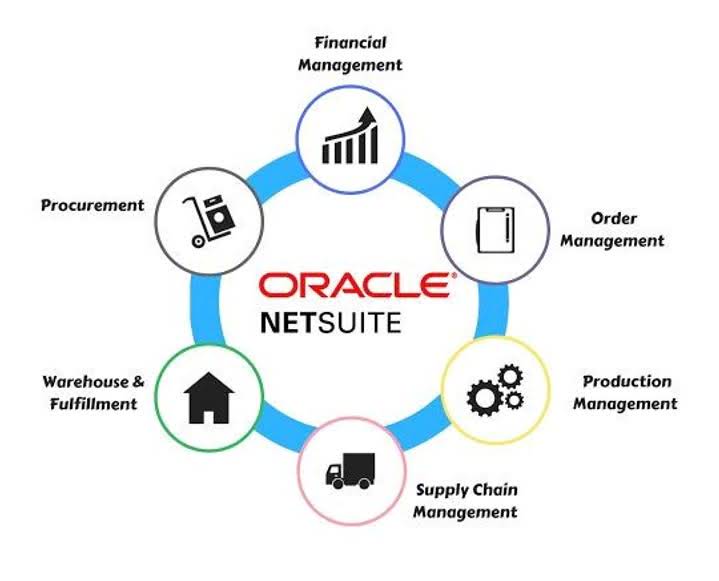
With this formula, we will include the beginning and ending raw material inventory values for a more accurate cost picture. These costs exclude expenses related to marketing, sales, or distribution. In other words, COGS only includes direct costs necessary to produce the product, while other costs such as marketing or distribution are not included in the COGM calculation. Further, this inventory and the COGM value can be used by businesses to determine their cost of goods sold. The perpetual inventory system provided by modern manufacturing software eliminates big chunks of arduous work from accounting while also reducing or negating data entry errors. It’s very similar to the cost of goods manufactured except that it doesn’t factor in work in process.
- Therefore, you are required to calculate the cost of goods manufactured.
- The following equation can be used to calculate the cost of goods manufactured (COGM) metric by combining the aforementioned data.
- Calculating COGM correctly is the first step in running a successful business.
- Indirect materials are often included in the factory overhead costs in the cost of goods manufactured (COGM) calculation.
- Ultimately, the best option for tracking COGS will depend on the needs of the individual seller however it is important to choose a solution that will grow with your business.
Ending inventory

By breaking down the costs into direct materials, direct labor, and manufacturing overhead, you can pinpoint areas where you might be overspending. This allows you to Bookkeeping for Painters make informed decisions about cost-cutting measures or process improvements. This refers to the wages paid to workers directly involved in the production process, such as machine operators, assemblers, or product packagers. Indirect materials are supplies used in the production process, but that cannot be directly linked to a particular good or production unit.
Example of Cost of Goods Manufactured Calculation
- For the past 52 years, Harold Averkamp (CPA, MBA) has worked as an accounting supervisor, manager, consultant, university instructor, and innovator in teaching accounting online.
- Before we delve into the COGM formula, reference the formula below that calculates a company’s end-of-period work in progress (WIP) balance.
- Cost of Goods Manufactured (COGM) is a detailed calculation of everything it takes to produce goods.
- Businesses include things like raw material costs, labor costs, and other overhead expenses when calculating their COGM.
- Inventory management software like Warehouse 15 can help you keep tabs on WIP inventory, ensuring that your COGM calculation is accurate and up-to-date.
- If you don’t adjust your total manufacturing costs for changes in WIP inventory, your COGM calculation will be inaccurate.
If you’re unsure about a particular cost, consult your accounting team or cogm use inventory management software like Warehouse 15 to help categorize expenses accurately. The Cost of Goods Manufactured, or COGM, is the total cost incurred to produce finished goods during a specific period. It includes everything from raw materials and labor to factory overhead. COGM is a critical metric because it directly impacts your company’s financial statements, including the income statement and balance sheet. The cost of goods manufactured is a calculation of the production costs of the goods that were completed during an accounting period.
Essential Steps for First-Time Ecommerce Entrepreneurs

The (COGS) is an essential component that provides a clear picture to business owners and managers about the company’s manufacturing performance. Only after the cost of goods manufactured is calculated can a company compute its cost of goods sold. To calculate direct labor, you have to calculate the direct hourly labor rate and the direct labor hours. Making sense of COGM and having efficient systems to measure and track them is critical to your survival as a manufacturing business.
Relying Solely on Manual Calculations

Now, let’s learn about a step-by-step guide that would help you to calculate the cost of goods manufactured (COGM). Please review the formula below that determines a company’s end-of-period work in progress (WIP) balance once we go on to the COGM formula. Along with that, the ultimate objective of any business is profitability.
Cost of Goods Sold vs Cost of Goods Manufactured
Putting the above together, the formula for calculating the cost of goods manufactured (COGM) metric is as follows. Understanding the difference between the Cost of Goods Sold (COGS) and the Cost of Goods Manufactured (COGM) is critical to managing your production and overall financial planning. At the start of the year, the work-in-process inventory was $150,000, trial balance and it increased to $250,000 by year-end. We’ve already explored the formula and critical components of COGM, but let’s consider the practical example as well. We’ll also review its formula, understand its components, and outline the key differences between COGM and the Cost of Goods Sold (COGS) for better clarity. Synder matches products by name or SKU, updates quantities, and adjusts COGS accounts.
Factory Overhead Costs
- This is important from an accounting point of view as it pinpoints the expense that a company needs to recover per sold product in order to break even.
- Inventory management software like Warehouse 15 can automate COGM calculations, saving you time and reducing the risk of errors.
- This final inventory report pertains to services, goods, and products made available to consumers.
- COGM is also closely tied to the Cost of Goods Sold (COGS), which represents the cost of finished goods that have been sold to customers.
- Real-time data syncingSynder automatically syncs your financial data—sales, fees, refunds, and more—as transactions happen.
- Companies can easily reduce the cost of goods manufactured by reducing the materials required to produce its product.
- Whether it’s Shopify or PayPal, Synder updates your accounting software instantly, giving you a clear view of your cash flow.
Mastering COGM goes beyond improving your bottom line–it’s about building a smarter, more resilient business. By understanding the true costs behind your production, you can refine processes, adapt to challenges, and seize opportunities with confidence. For manufacturers aiming to thrive in a competitive landscape, COGM is more than a metric–it’s a roadmap to sustainable success. Synder streamlines the process by automating financial data from all your sales channels, ensuring accurate COGS calculations. This allows you to set competitive prices, maintain healthy profit margins, and keep your finances organized effortlessly.
- You need to determine the number of finished goods on hand at the end of the previous month.
- COGS is a financial accounting measure representing the direct costs of producing and selling goods.
- How much profit a corporation makes is based on the difference between its costs and revenues.
- The excess inventory will be reflected in your ending inventory balance.
- Every entrepreneur, especially those new to the world of business, often hears the term “Cost of Goods Manufactured” (COGM).
The cost of goods sold (COGS) is the actual expenses related to producing those products. PQR Ltd. has produced the following details from its production department. Therefore, you are required to calculate the cost of goods manufactured. This is your chance to grow your business, increase earnings, and improve the efficiency of the entire production process. Additionally, pinpointing every cost source is crucial to your profitability.
Be careful not to confuse the terms totalmanufacturing cost and cost of goods manufactured with each otheror with the cost of goods sold. Here, you’ll include everything from the obvious expenses, like raw materials, to the less obvious ones, like the cost of running the factory where your products are made. To determine COGS, start with the beginning finished goods inventory, add the cost of the products produced throughout the period, and then deduct the ending finished goods inventory. TMC calculations only include direct material costs because they do not include indirect material or factory overhead expenses. Every entrepreneur, especially those new to the world of business, often hears the term “Cost of Goods Manufactured” (COGM).
